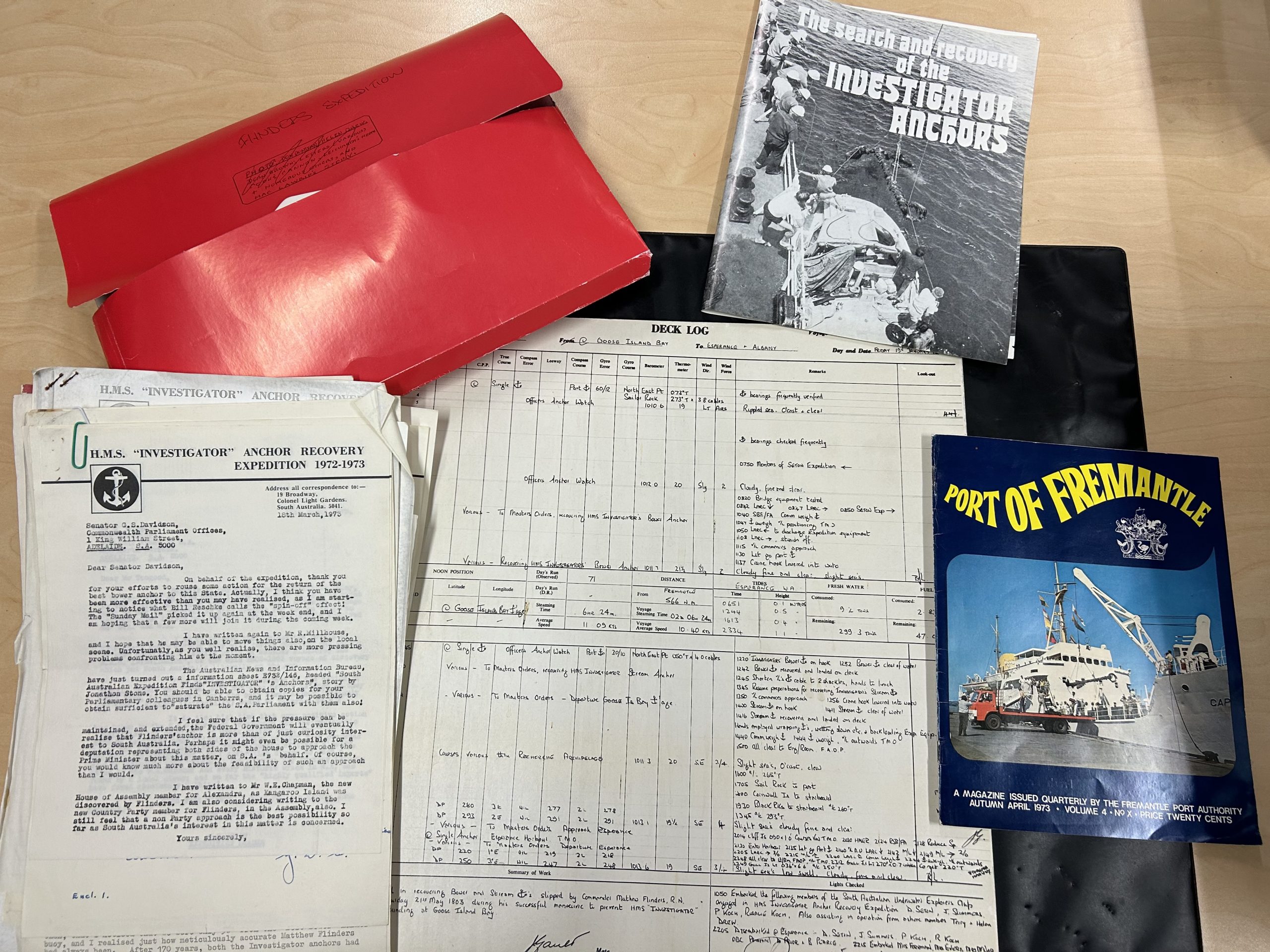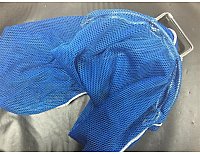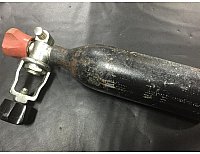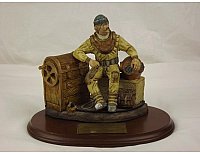Captain Matthew Flinders Original Documents
Original documents on the expedition to recover the lost anchors of Captain Matthew Flinders
The HMS Investigator Anchors are significant historical artifacts with a captivating backstory. These two anchors were cast adrift from the HMS Investigator on the morning of Saturday, May 21, 1803, under the command of Captain Matthew Flinders. This action was taken to prevent the vessel from running aground on Middle Island within the Archipelago of the Recherche, located on the southern coast of New Holland, which is now Western Australia.
Fast forward to 1973, when members of the Underwater Explorers Club of South Australia (UEC) successfully located and salvaged these anchors. However, their discovery ignited a dispute over ownership involving various governmental entities, particularly those of South Australia and Western Australia. The contention revolved around the historical significance of these anchors as artifacts linked to a significant European exploration voyage.
Eventually, a resolution was reached, and ownership of the anchors was transferred to the Australian Government. Subsequently, one of the anchors was generously gifted to the South Australian Government. Together, these two artifacts are commonly referred to as “Flinders’ Anchors.”
To provide some context, the HMS Investigator was outfitted with a complement of five bower, two stream, and two kedge anchors before its departure from the United Kingdom for Terra Australis in early 1801. An additional bower anchor was included in the ship’s stores sent to Port Jackson.
The voyage of the Investigator was multifaceted. It embarked from Kupang in Timor on April 8, 1803, with the aim of reaching Port Jackson. The primary objectives were to seek medical assistance for crew members suffering from dysentery and fever and to undertake necessary repairs to the sloop. Captain Flinders had additional intentions during the journey, including a stop at the Archipelago of the Recherche. Here, he planned to procure geese for the ill crew members, obtain seal oil for lamps, and secure a few casks of salt from Middle Island’s lake.
Upon arrival at the Archipelago of the Recherche on the evening of May 17, 1803, the Investigator anchored on the north side of Middle Island, specifically in the vicinity known as Goose Island Bay, located between the island’s northeast point and Goose Island itself. During this visit, the crew also had the somber task of burying the sloop’s boatswain, Charles Douglas, who had passed away on May 18, 1803.
As the ship prepared to depart on the morning of May 21, 1803, Captain Flinders recognized the imminent risk of the Investigator running aground on Middle Island due to a strengthening breeze before the sails could be unfurled. To mitigate this peril, Flinders had to use the sloop’s spare anchors to secure its position. Regrettably, in the process of safely navigating the bay, the best bower anchor, a stream anchor, and a length of cable had to be left behind. The intention was to return for them at a later date as the Investigator continued its voyage toward Port Jackson.
These anchors bear witness to the challenges and decisions faced by Captain Matthew Flinders during his exploration, adding another layer of historical intrigue to their legacy.
Follow us









